The Traction Gap Framework: Four Pillars Of Startup Success
YoungUpstarts
JUNE 4, 2019
by Bruce Cleveland, Founding Partner at Wildcat Venture Partners and author of “ Traversing the Traction Gap “ As we continue our exploration of the Traction Gap Framework® – a step-by-step approach that startup teams can use to go from ideation to preparing to scale – I will walk you through the principles.



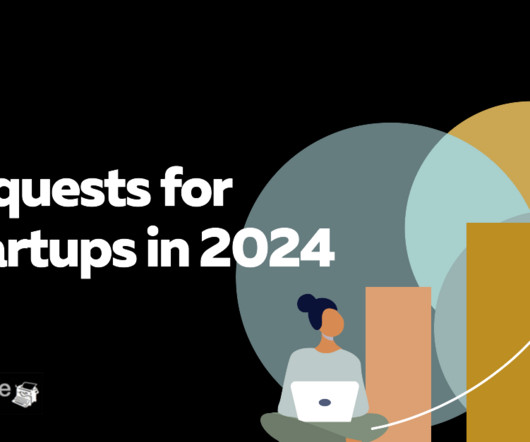











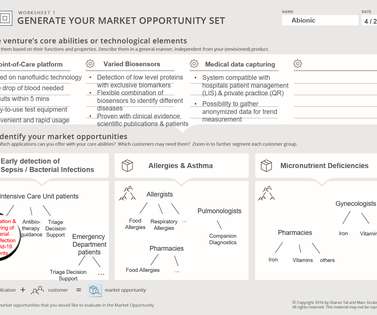








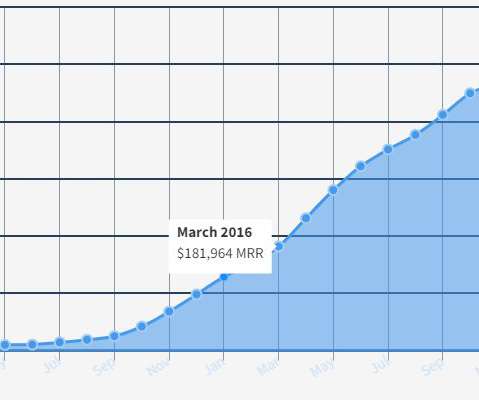











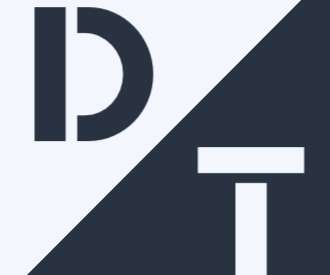
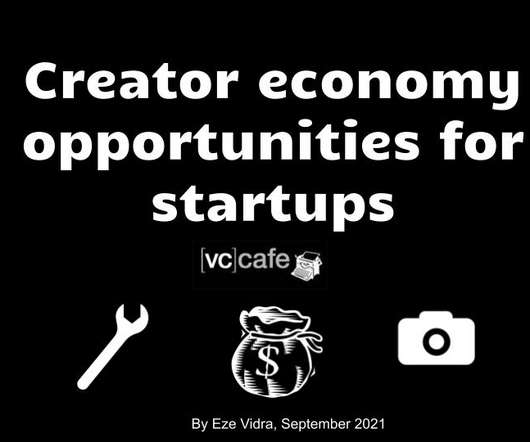






Let's personalize your content